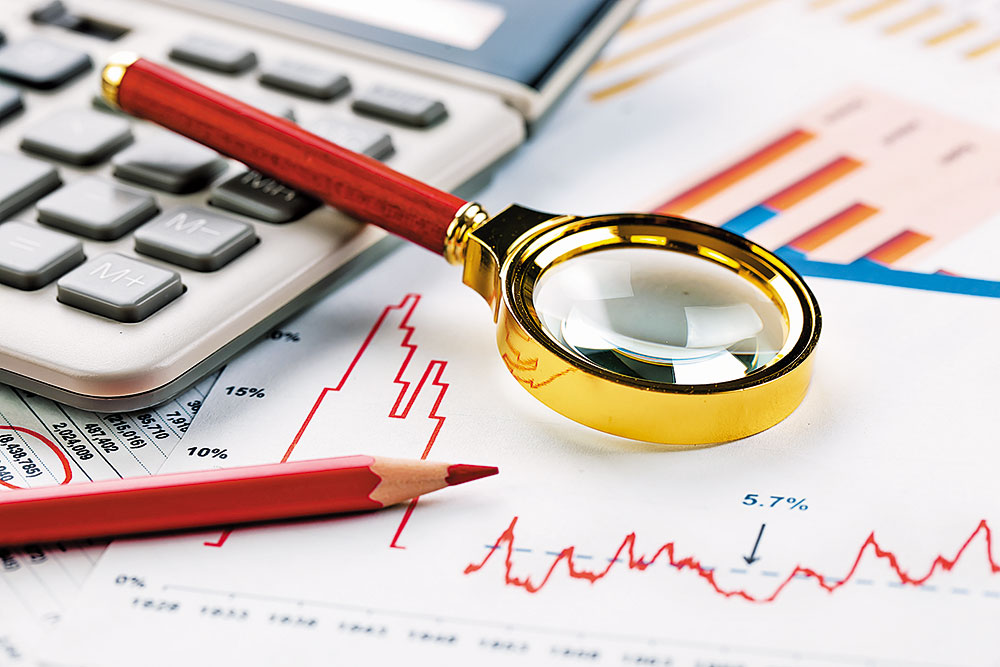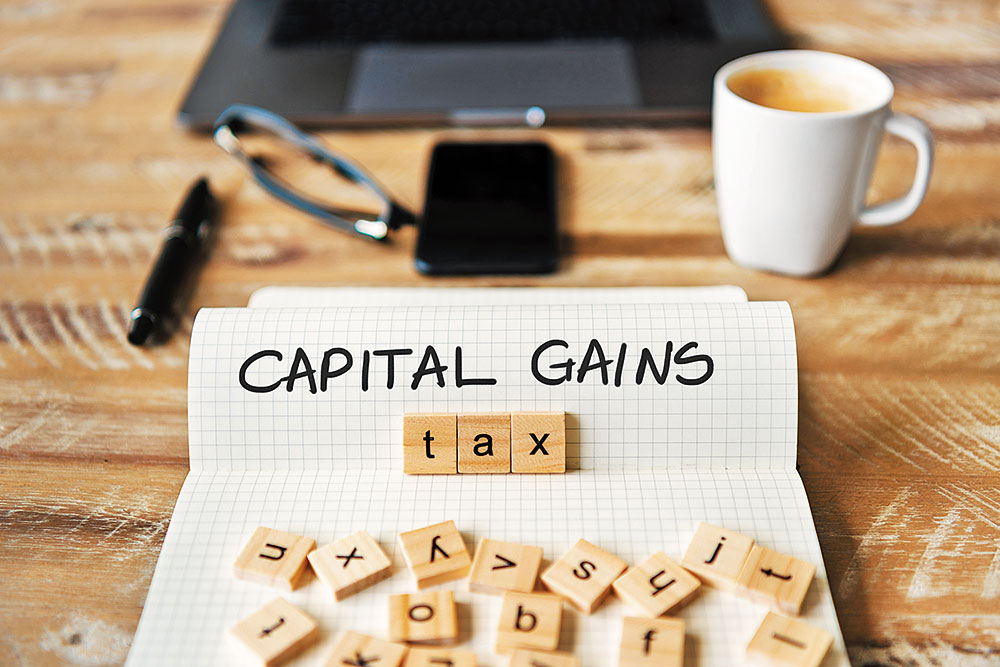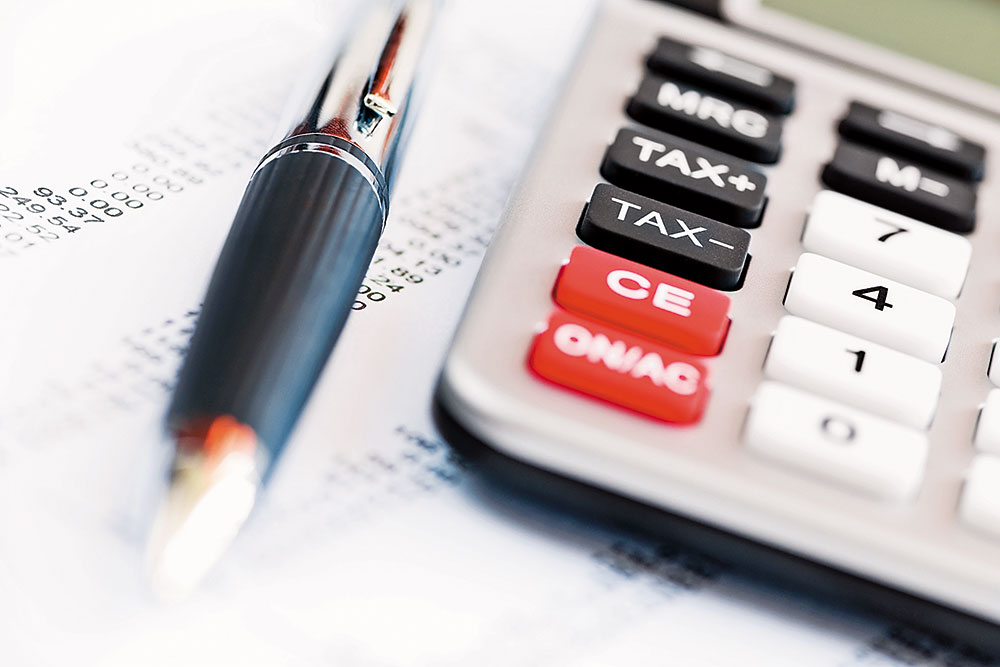You might have come across the news recently that the indexation benefit has been removed from debt funds and certain exchange-traded funds (ETFs), thus making them less tax efficient. The indexation benefit, however, continues for assets, such as gold and real estate.
So, how is this indexation benefit calculated? The basis on which it is calculated on any asset is the cost inflation index (CII) which is announced annually by the Central Board of Direct Taxes (CBDT).
The CII for FY24 has been notified at 348 in April 2023, up from 331 in FY23, a rise of 5.13 per cent. The CII value was first assigned in FY02 at 100; it crossed the 200-mark in FY13 and the 300-mark in FY21.
Let’s understand CII in a little more detail and see how it can help reduce the tax liability on gains earned on certain assets for individuals.

Why Is CII Important?
- CII broadly denotes the average price rise in the value of assets year-on-year.
- The number comes into play when you sell a long-term asset and calculate the capital gains, which is the difference between the cost of acquisition and sale.
- If the cost of acquisition is not adjusted for inflation, this difference will be huge. Technically, the difference will not be on account of just the gains or growth in the asset’s value, but also inflation.
- Cost inflation index helps in determining the cost of acquisition of assets after adjusting it for inflation over the years, to arrive at the actual gains from an asset.

How Does It Help Save Tax?
- Any capital gains earned from an asset is subject to tax. The larger the difference between the cost and sale prices, the bigger the gains and the greater the tax liability.
- CII helps reduce this difference by adding to the cost of acquisition of long-term capital assets by indexing it for inflation.
- Long-term assets enjoy the benefit of indexation for tax purposes, depending on their holding period.
- For most capital assets, such as gold and bonds, the indexation benefit is available after a holding period of three years. For immoveable real estate assets, the period is two years; and for equities, it is one year.

How Is It Calculated?
- To compute the indexed cost of acquisition, multiply the cost of acquisition with CII of the year of transfer of the capital asset; and then divide this by CII of the year of acquisition.
- Let’s say, you bought a house in FY12 for Rs 50 lakh and sold it in FY23 for Rs 1 crore.
- The CIIs of FY12 and FY23 being 184 and 331, respectively, the indexed cost of acquisition will be (Rs 50 lakh x 331)/184 or around Rs 89.94 lakh.
- Accordingly, the capital gains tax will be calculated on around Rs 10 lakh (Rs 1 crore – Rs 89.94 lakh), and not on Rs 50 lakh (Rs 1 crore – Rs 50 lakh).

